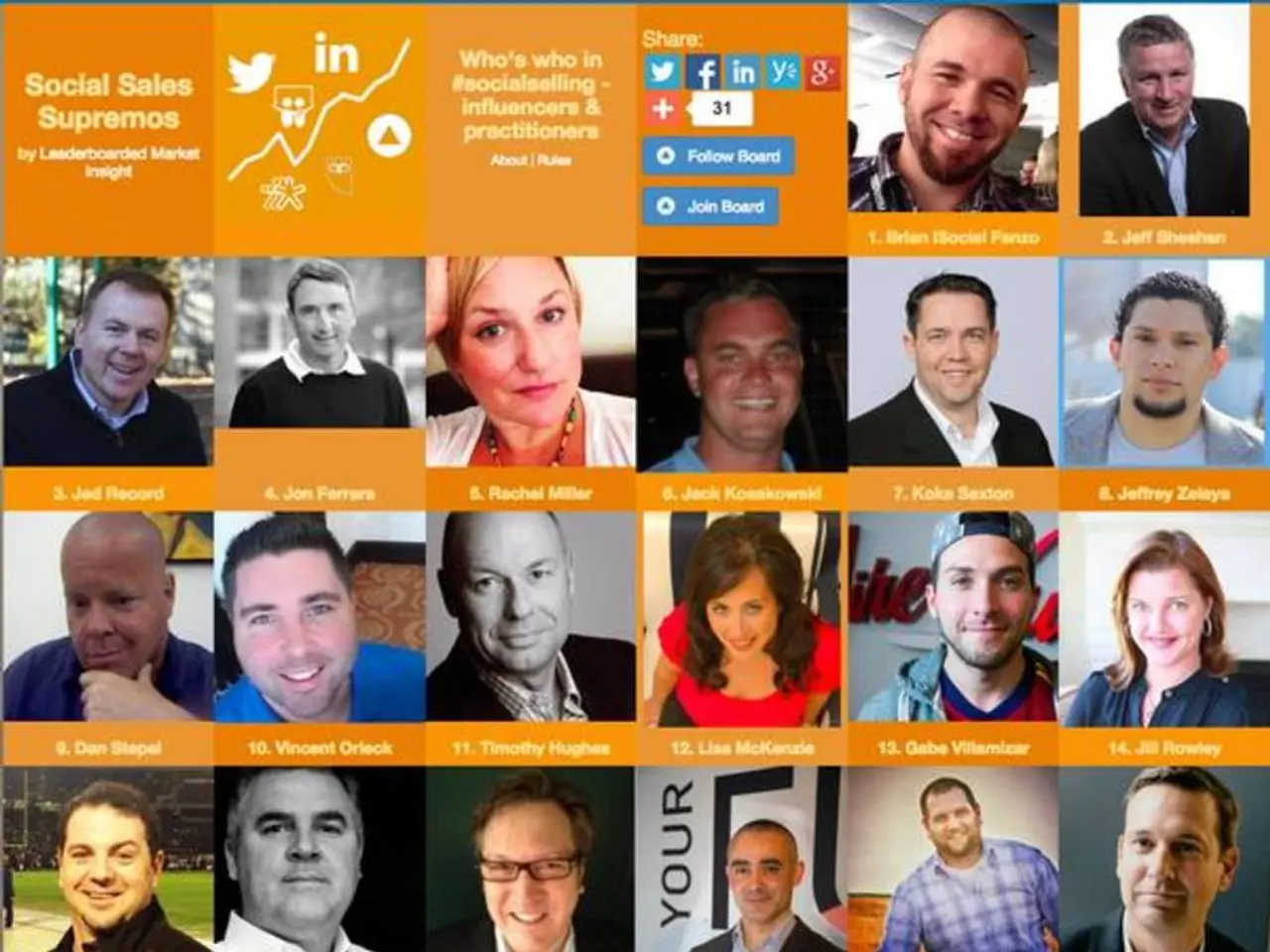The Transformation of Resume Format in the Era of Digital Technology
In the modern digital age, the traditional paper resume has been replaced by dynamic video presentations and digital documents that lend a personal touch to the job application process. This shift not only transforms the logistics of job applications but also challenges us to curate our professional identities in new and innovative ways.
The importance of actively shaping our narratives has never been more essential. In a world where we are constantly connected, fostering a sense of community and genuine connections feels paramount. This extends beyond the traditional CV to include LinkedIn profiles, portfolio websites, and social media interactions.
Personal branding is key in the digital space, and resumes are no exception. However, it's crucial to adapt to new trends while ensuring an authentic representation of our experiences in the evolving resume landscape.
To effectively balance creativity in resume design with traditional content while adapting to Applicant Tracking Systems (ATS), there are several strategies to consider.
Firstly, prioritize ATS compatibility with clean, simple, and standard formatting. Use common section headers like "Work Experience," "Skills," and "Education." Avoid tables, graphics, images, text boxes, columns, and complex layouts that ATS software struggles to parse.
Secondly, incorporate keywords strategically and naturally. Extract keywords and synonyms directly from each job description and integrate them fluidly across multiple sections (summary, skills, experience) without keyword stuffing. Aim for a keyword density around 2-3% and distribute variations of key terms contextually.
Maintaining human readability and recruiter appeal is equally important. Use bullet points with action verbs, quantify accomplishments with concrete numbers, and show clear career progression while keeping language concise and relevant.
In terms of visuals or non-standard designs, it's advisable to minimize them or reserve them for later stages of hiring where human readers review resumes. Excessive design elements can hinder ATS parsing and reduce your chances of getting through initial screenings. Instead, structure creativity in wording and content presentation, rather than in complex formatting.
The emergence of visual resumes, using design, colours, and unique layouts, has become a game-changer in the job application process. They can effectively showcase a candidate's personality and set the stage for deeper conversations. However, it's important to remember that the future of resumes may involve more introspection about whether multimedia presentations risk losing our professional essence.
Sharing achievements and insights online can create a rich tapestry of experiences that can sometimes outweigh the impact of a traditional CV alone. Finding a balance between ATS requirements and genuine human connection is essential when crafting a resume.
In conclusion, a successful resume in the digital job application process balances a clean, optimized layout with tailored content using job-specific keywords, ensuring it effectively passes ATS scanning and impresses human recruiters without relying on creative design elements that may confuse the system.
Curating a digital identity can significantly impact job opportunities by bolstering credibility and attracting the interest of hiring managers and potential collaborators. The journey toward finding the perfect blend of authentic representation and new trends is challenging yet exhilarating. So, let's embrace innovation while remaining true to our core values, and let's make the most of the opportunities that the digital age presents.
[1] Adapted from: "The Ultimate Guide to ATS-Friendly Resumes" by Resume Genius (https://www.resumegenius.com/blog/ats-friendly-resumes/) [2] Adapted from: "How to Optimize Your Resume for Applicant Tracking Systems" by The Balance Careers (https://www.thebalancecareers.com/how-to-optimize-your-resume-for-applicant-tracking-systems-3948746) [3] Adapted from: "How to Write an ATS-Friendly Resume" by Glassdoor (https://www.glassdoor.com/blog/how-to-write-an-ats-friendly-resume/) [4] Adapted from: "How to Write an ATS-Friendly Resume in 2021" by Zety (https://www.zety.com/blog/ats-friendly-resume/) [5] Adapted from: "How to Write an ATS-Friendly Resume: Tips & Examples" by TopResume (https://www.topresume.com/career-advice/how-to-write-an-ats-friendly-resume/)
- In the realm of career development, tailoring personal narratives across digital platforms like LinkedIn, portfolio websites, and social media becomes crucial for building a strong personal brand.
- When embracing the trend of visual resumes, balancing creativity with traditional content and ATS compatibility is essential to ensure they effectively attract human recruiters while passing the initial screening process.
- To remain competitive in the digital job market, it's essential to learn and incorporate education-and-self-development strategies that optimize resumes for Applicant Tracking Systems (ATS).
- The success of media presentations in the job application process, such as video introductions or visual resumes, can offer a unique display of one's personality, ultimately leading to deeper interviews.
- In the evolving digital landscape, incorporating fashion elements, photography, and technology into resumes can serve as engaging tools to demonstrate a candidate's adaptability in the lifestyle industry, potentially sparking conversations during events and networking opportunities.




